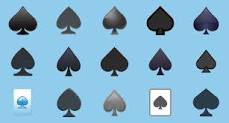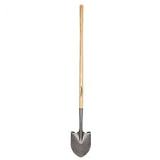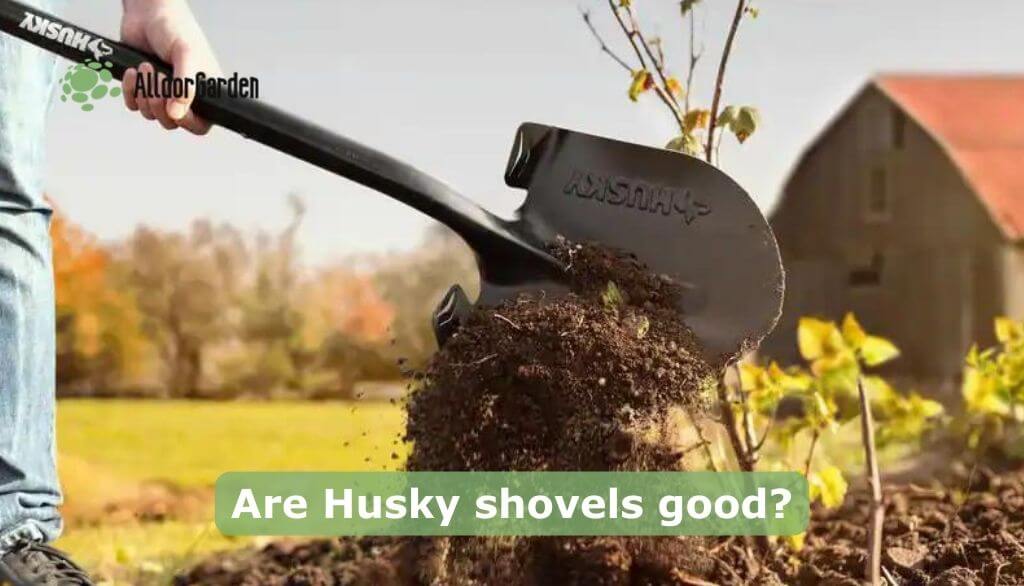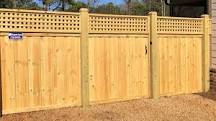Harvesting potatoes is pretty straightforward, and the best part? You can do it right in your own backyard! Whether you’re a seasoned gardener or just starting out, knowing when and how to dig up those tasty tubers is key to enjoying a bountiful harvest.
When to Harvest
Timing is everything when it comes to potatoes. Here’s what you need to look for:
Check the Foliage
- Yellowing Leaves: When the tops of your potato plants start to yellow and die back, that’s usually a good sign that your spuds are ready.
- Flowering: If you see flowers on your potato plants, that’s another hint. But don’t worry if they don’t flower; some varieties skip that step!
Size Matters
- Fingerlings: If you’re growing smaller varieties, you can actually start harvesting them early for baby potatoes. Just dig around and see what you find!
- Full-Sized Potatoes: For larger varieties, wait until the plants have completely died back.
How to Harvest
Once you’ve determined that it’s time to dig up your potatoes, grab your tools and get ready!
Gather Your Tools
You’ll need:
- A garden fork or spade
- A bucket or basket for collecting the potatoes
- Gloves (optional, but they can help keep your hands clean)
Digging Them Up
- Loosen the Soil: Start by gently loosening the soil around the base of the plant. Be careful not to stab any potatoes!
- Lift the Plant: Once the soil is loose, grab the plant by its base and pull it up. The potatoes should come with it.
- Collect Your Harvest: Shake off the dirt and place your potatoes in your bucket or basket.
Post-Harvest Care
After you’ve gathered your spuds, it’s time to clean them up!
Cleaning Your Potatoes
- Brush Off Dirt: Gently brush off any excess dirt. Avoid washing them right away; this can lead to rot if they’re stored wet.
- Cure Them: If you plan on storing them, let them cure in a cool, dark place for a couple of weeks. This helps toughen their skins.
Storing Your Potatoes
To keep your harvest fresh:
- Cool & Dark: Store them in a cool, dark place—think basement or pantry.
- Avoid Sunlight: Keep them out of direct sunlight to prevent sprouting.
Summary
Harvesting potatoes is an exciting part of gardening that rewards you with delicious results. By paying attention to plant health and timing your harvest right, you’ll enjoy a great yield. Remember to handle them gently during harvesting and store them properly for future meals!
FAQ
How long do potatoes take to grow before harvesting?
Potatoes typically take about 70 to 120 days from planting to harvest, depending on the variety. Early types may be ready sooner, while late-season varieties take longer.
Can I harvest potatoes after the first frost?
It’s best to dig up your potatoes before the first hard frost hits. Frost can damage the tubers and affect their storage life.
What happens if I leave potatoes in the ground too long?
If left too long, potatoes can become overripe and start sprouting or rotting in the ground. They might also lose flavor and texture.
Should I water my potatoes before harvesting?
It’s a good idea to stop watering a week or two before you plan to harvest. This helps dry out the soil and makes digging easier.







